Elephant Population of the Greater Kruger
on Jul 01, 2025The elephant population in Africa has seen a significant increase since the early 1900s, when the species was nearly driven to extinction due to excessive hunting and widespread habitat loss. By 2024, estimates suggest there are around 30,000 elephants in the Greater Kruger region, which includes Kruger National Park and its surrounding private reserves, including ours.
While this recovery is a conservation success story, the current population already exceeds the ecological carrying capacity of the area, leading to increasing pressure on the ecosystem.
Research indicates that since 2012, the elephant population has been growing at an average annual rate of 6–8%. This growth is largely attributed to improved management strategies, such as the closure of artificial waterholes and the creation of Transfrontier Conservation Areas. These measures promote more natural movement patterns among elephants and help reduce human-wildlife conflict.
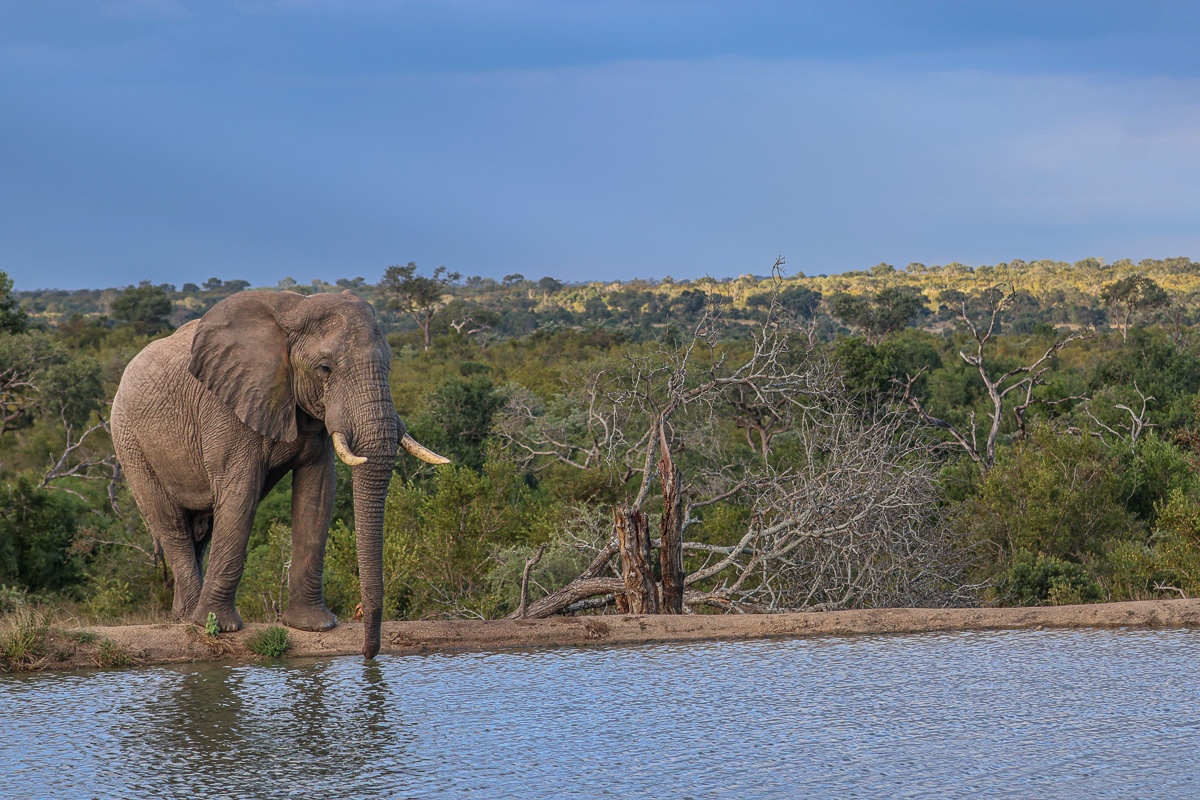
But, despite the positive influence and population growth, this poses challenges for ecosystem management and conservation. Elephants shape their own environment by changing the landscape over time, which can lead to degradation of sensitive habitats and destruction of mature trees like Marulas and Knobthorns. With the numbers that have rebounded significantly, ongoing management efforts are essential to balance the ecological role of elephants with the preservation of biodiversity.
With the annual natural growth of elephant populations, it indicates the potential for the population to double every decade, which can lead to significant ecological changes. And later leads to other species struggling to survive and find food in a natural way because of their natural habitat being destroyed by elephants.
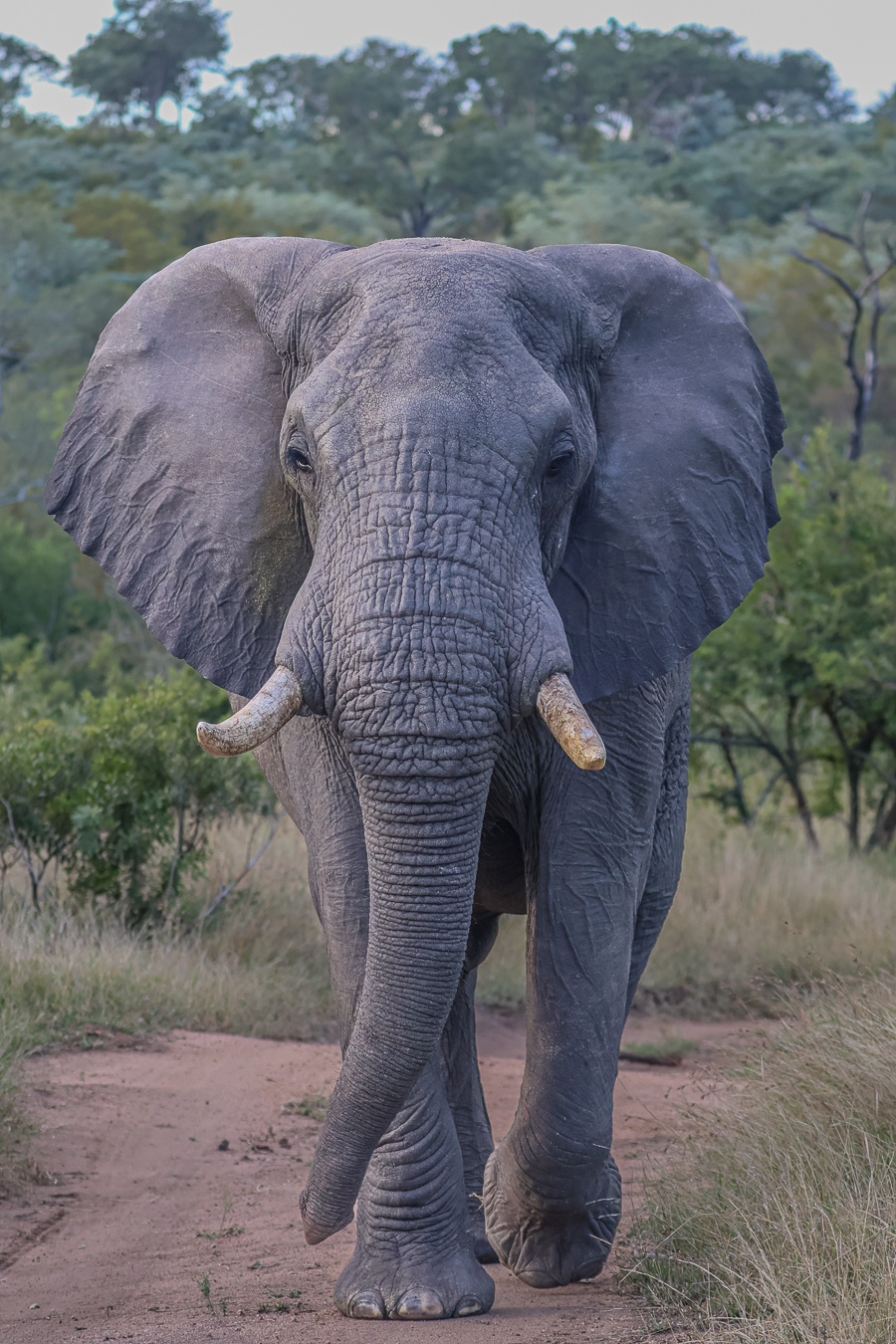

Elephant overpopulation can trigger several negative feedback effects within the ecosystem.
The most significant impact is habitat degradation. Elephants often knock over trees and strip bark in search of food, which frequently leads to the death of these trees. Their constant browsing and trampling of vegetation disrupt the natural balance, gradually transforming woodlands into grasslands and causing a noticeable decline in plant diversity.
As vegetation cover diminishes, soil becomes more vulnerable to erosion and surface runoff increases, leading to further degradation of the landscape and altering the natural dynamics of the ecosystem.
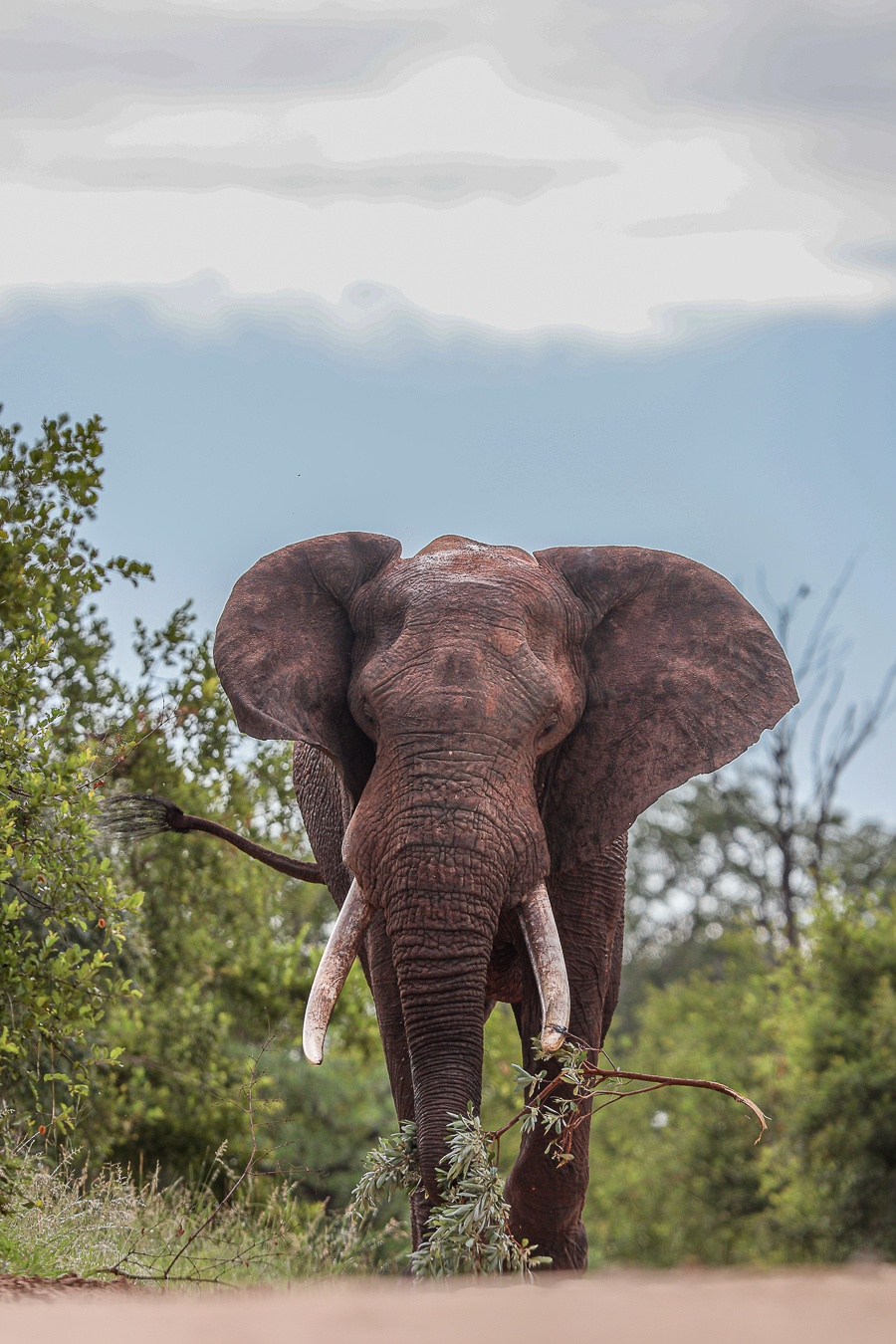
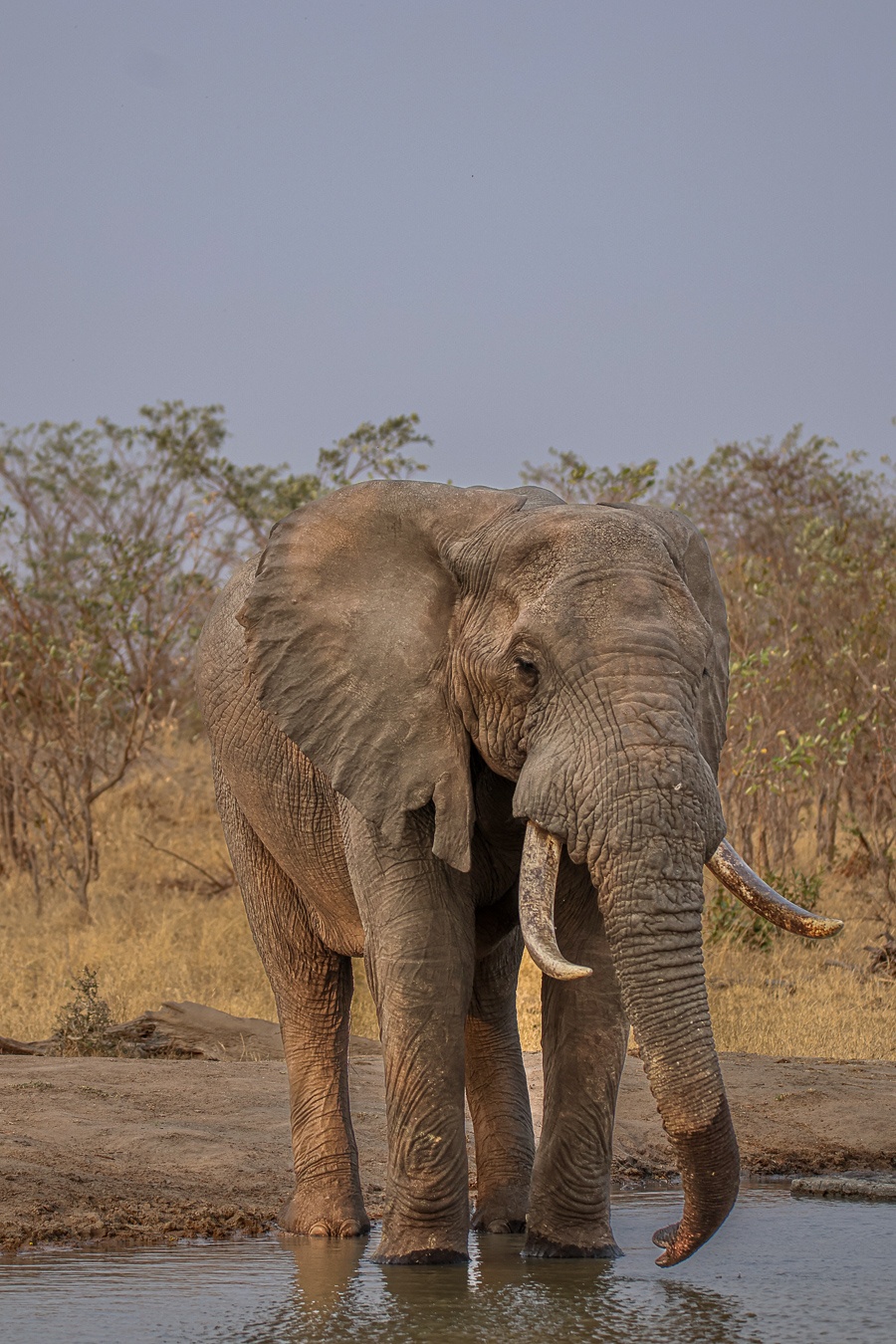
The loss of biodiversity as species that rely on certain thick and dense bushes may decline due to habitat destruction. Elephants can outcompete smaller herbivores for food.
A high elephant population also poses a threat to water sources. Overuse can deplete water availability and harm aquatic ecosystems as well as other wildlife that rely on these resources. Historically, artificial waterholes have contributed to unnaturally high elephant densities, concentrating environmental damage as more elephants congregate in limited areas.
Human-wildlife conflict remains a persistent issue. Elephants, in search of food, may venture into nearby settlements and agricultural land, leading to crop destruction. Such encounters can be dangerous and sometimes fatal for local people.
Overcrowding and habitat pressure can induce stress among elephant populations, resulting in aggressive behaviour and disruptions in their natural social structures. These behavioural changes, along with environmental degradation, can negatively impact wildlife tourism, as the altered landscape and abnormal elephant behaviour diminish the experience for visitors.
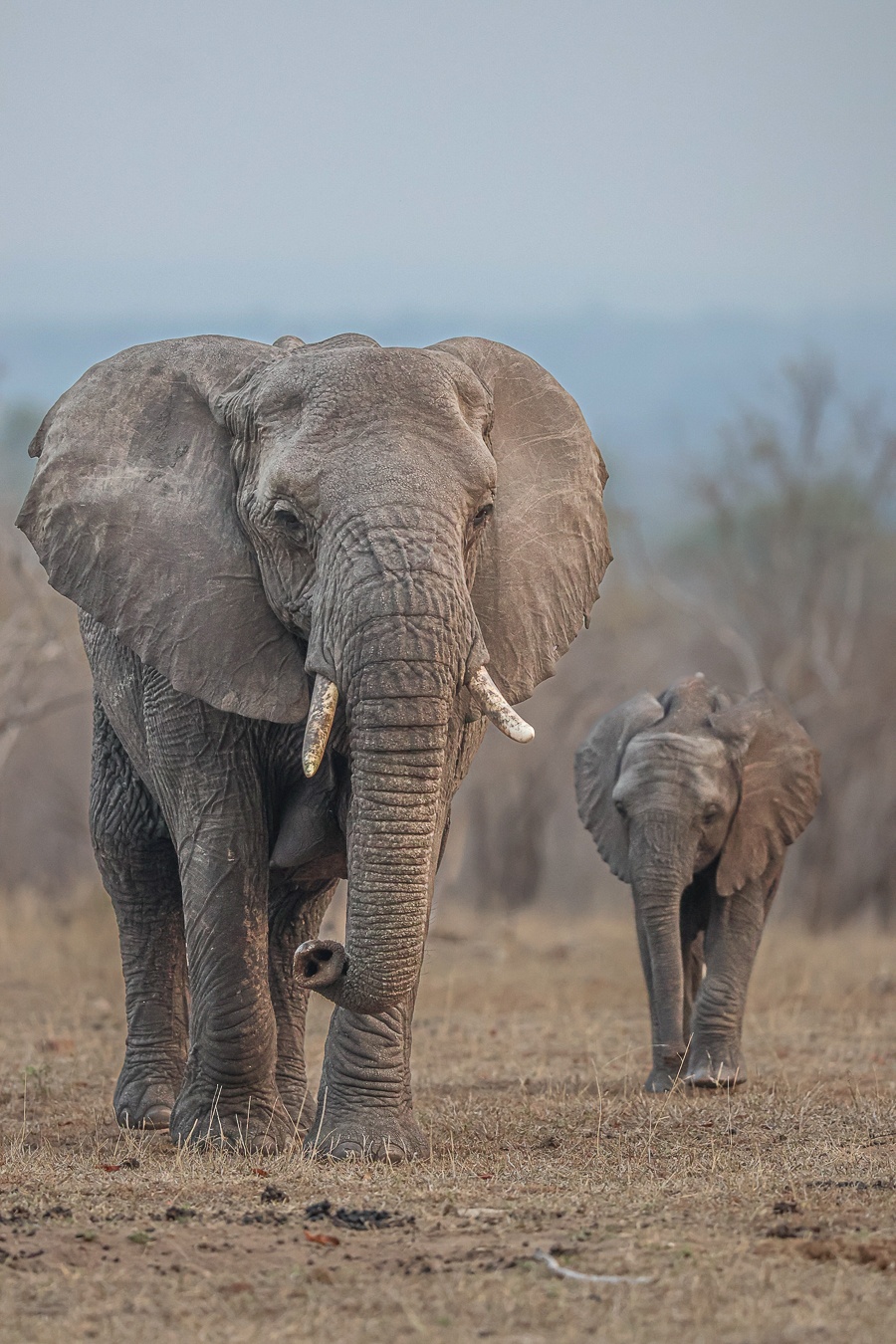
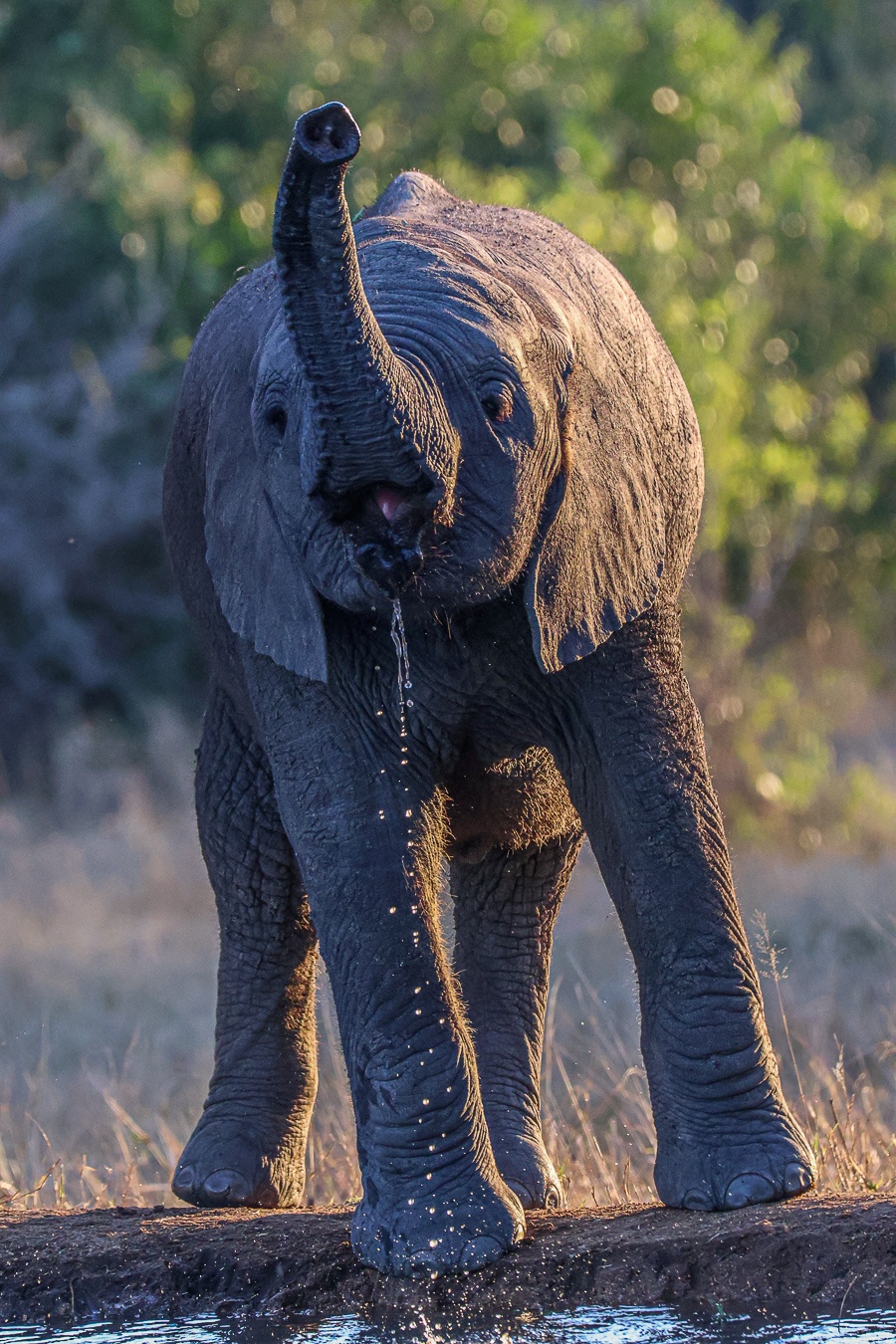
Managing elephant overpopulation, particularly in ecologically sensitive areas like the Greater Kruger, requires a balanced approach that combines ecological science, practical management, and ethical considerations. Several methods and ongoing debates surround how best to control elephant numbers.
One commonly used approach is the application of contraceptives. While this method is widely regarded as humane and socially acceptable due to its non-lethal nature, it presents notable challenges. The high cost and the slow rate of population impact - due to elephants’ long reproductive cycles and lifespans - limit its effectiveness. Immunocontraceptives are typically administered to female elephants to prevent pregnancy, but in expansive and open ecosystems like the Greater Kruger, this method becomes logistically difficult and largely ineffective. It has shown more success in smaller, fenced reserves where individual elephants can be more easily monitored and managed.
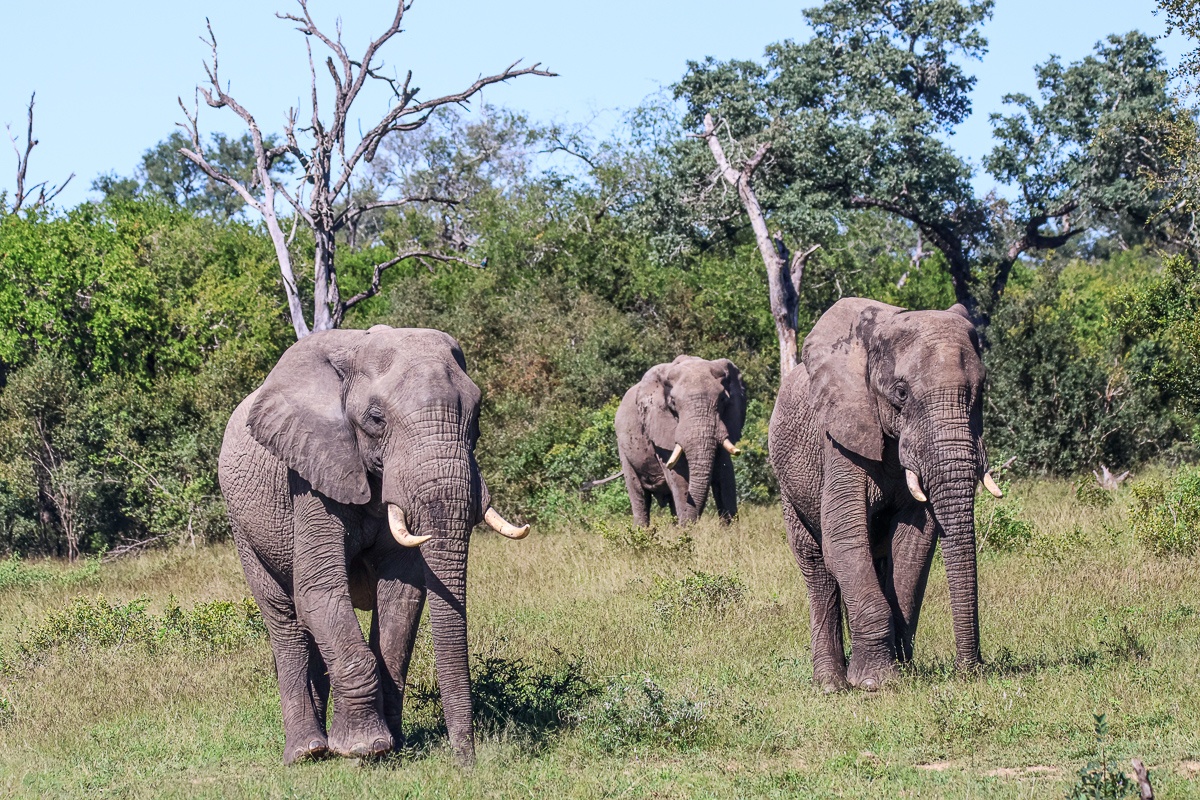
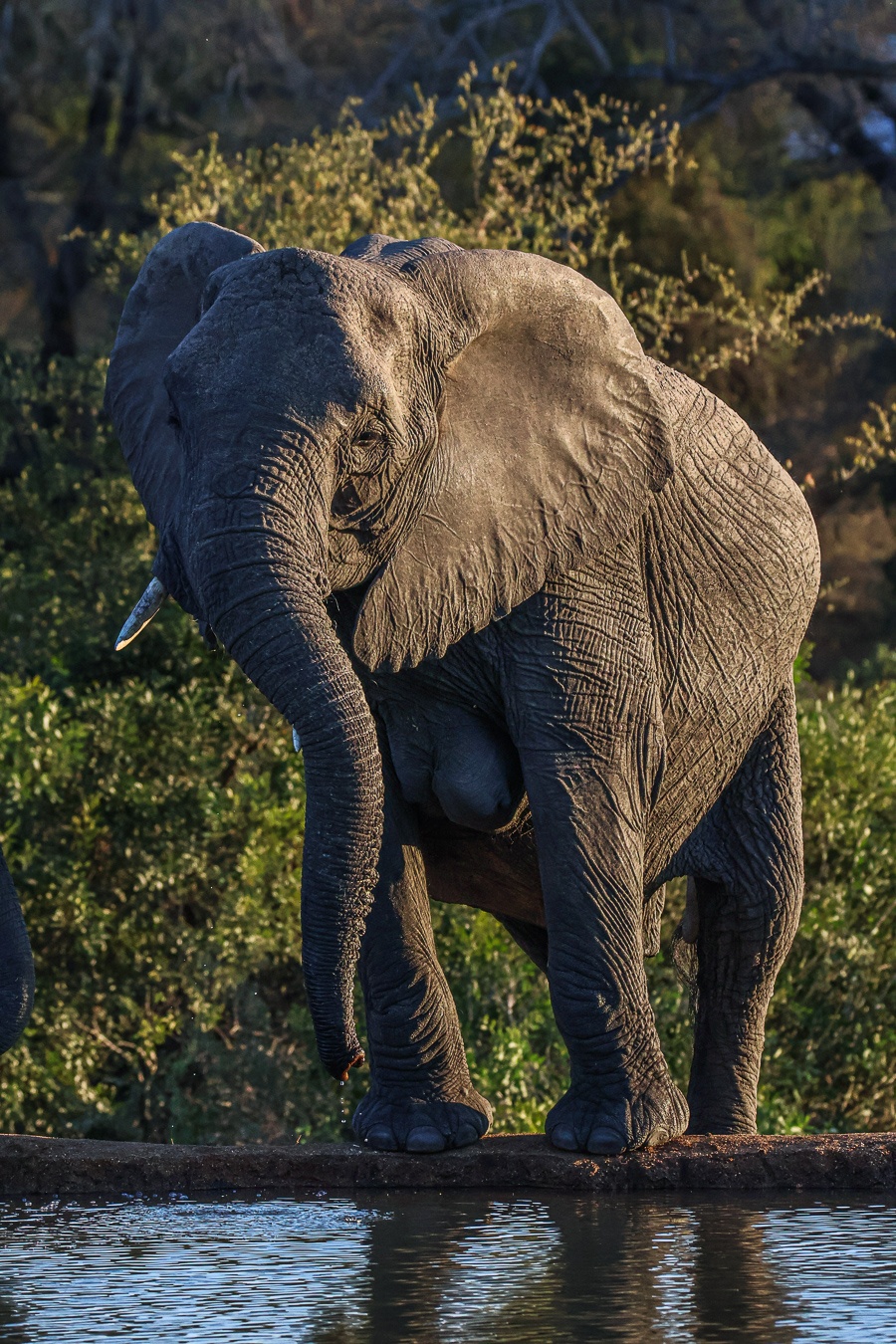
Another approach is habitat management, which involves modifying the landscape to influence elephant movement. For example, closing artificial waterholes can help reduce high concentrations of elephants in small areas, encouraging a more natural distribution and supporting broader ecological processes. However, this method may unintentionally impact other species that also depend on these water sources. As a result, it is considered a more indirect strategy and may not significantly reduce overall elephant numbers.
Translocation - moving elephants to underpopulated protected areas - is another potential solution. This method can alleviate local pressure while supporting the repopulation of other regions. However, it is both costly and logistically complex. The process can also be highly stressful for the animals. Furthermore, because elephant populations are relatively healthy across much of Africa, finding suitable and safe relocation sites is increasingly difficult.
Culling, the selective removal of elephants, offers an immediate and direct way to reduce population size. This method was used in the Kruger National Park until 1994. While it can be effective, it is highly controversial and raises serious ethical concerns. Culling can also disrupt the complex social structures of elephant herds, and it faces widespread public and international opposition.
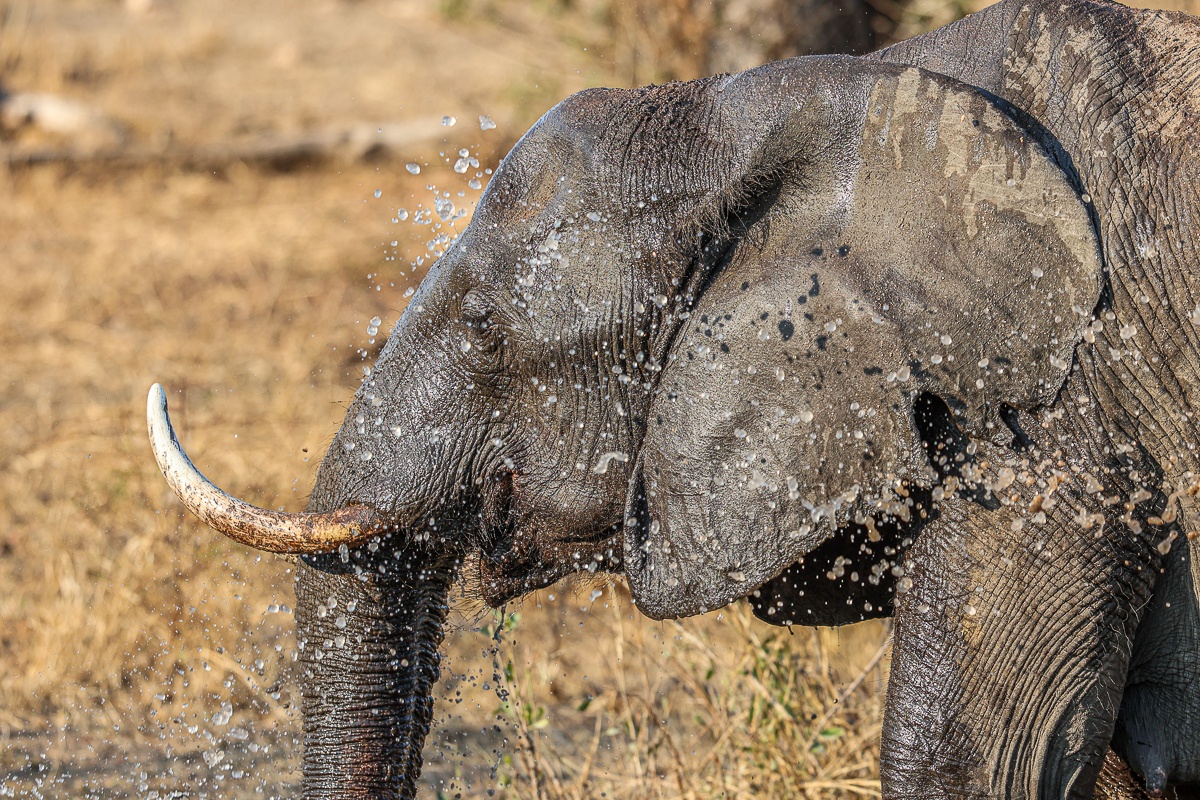
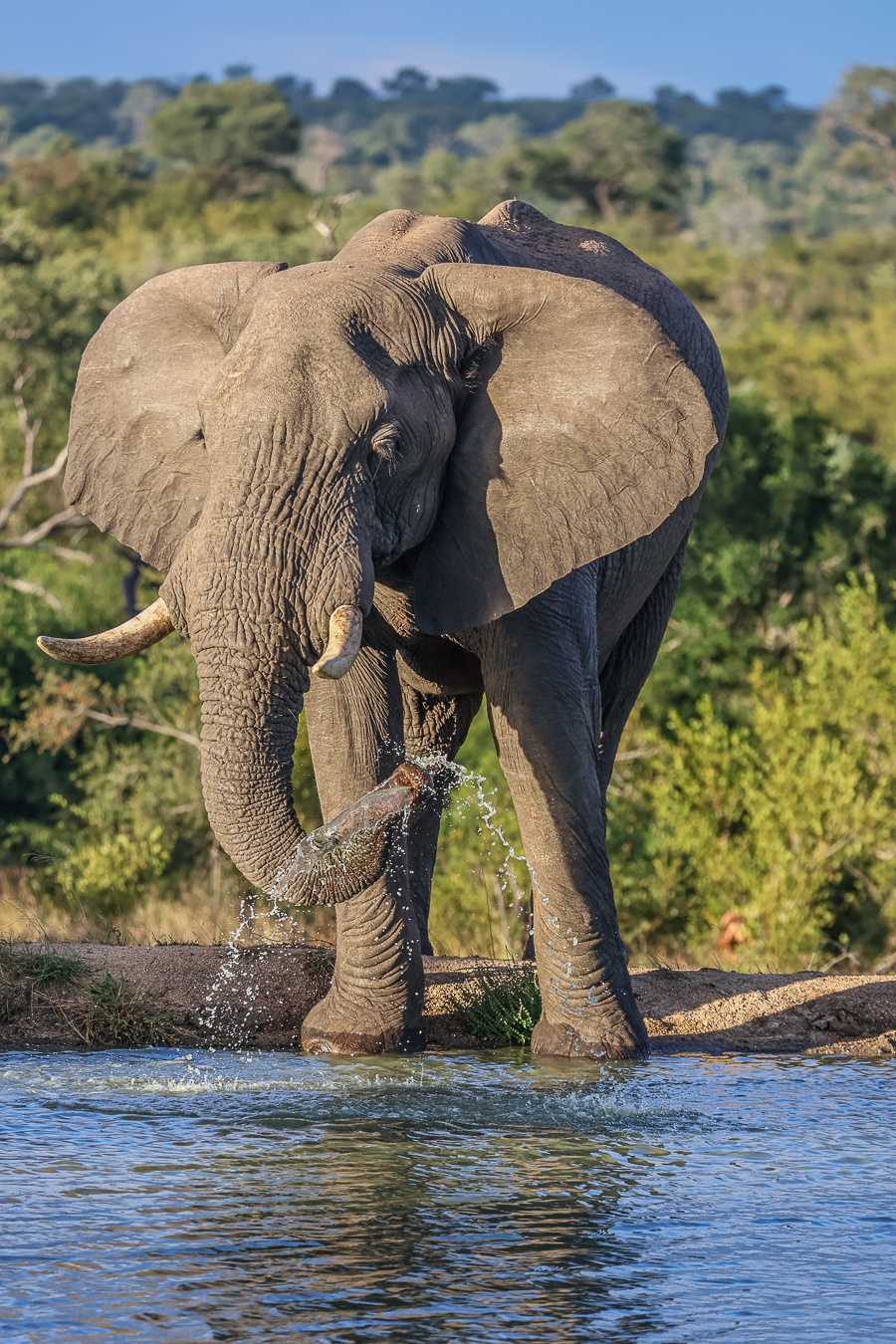
Fencing and barriers are another method used to manage elephant movement by creating designated zones or physical boundaries. While this can be effective in controlling where elephants roam, it comes at a significant ecological cost. Such barriers restrict natural migratory behaviour and undermine the core principles of open ecosystems, which are essential for maintaining biodiversity and ecological balance.
Considering all the available strategies, it becomes clear that managing elephant populations is a complex and highly debated issue, with no universally accepted solution. South Africa, and particularly the Greater Kruger area, holds a prominent position in global conservation efforts. As a high-profile region, it draws intense public and international attention, which adds pressure to conservationists and decision-makers. Balancing ecological needs, ethical considerations, and public opinion remains one of the greatest challenges in finding a sustainable path forward for elephant population management.
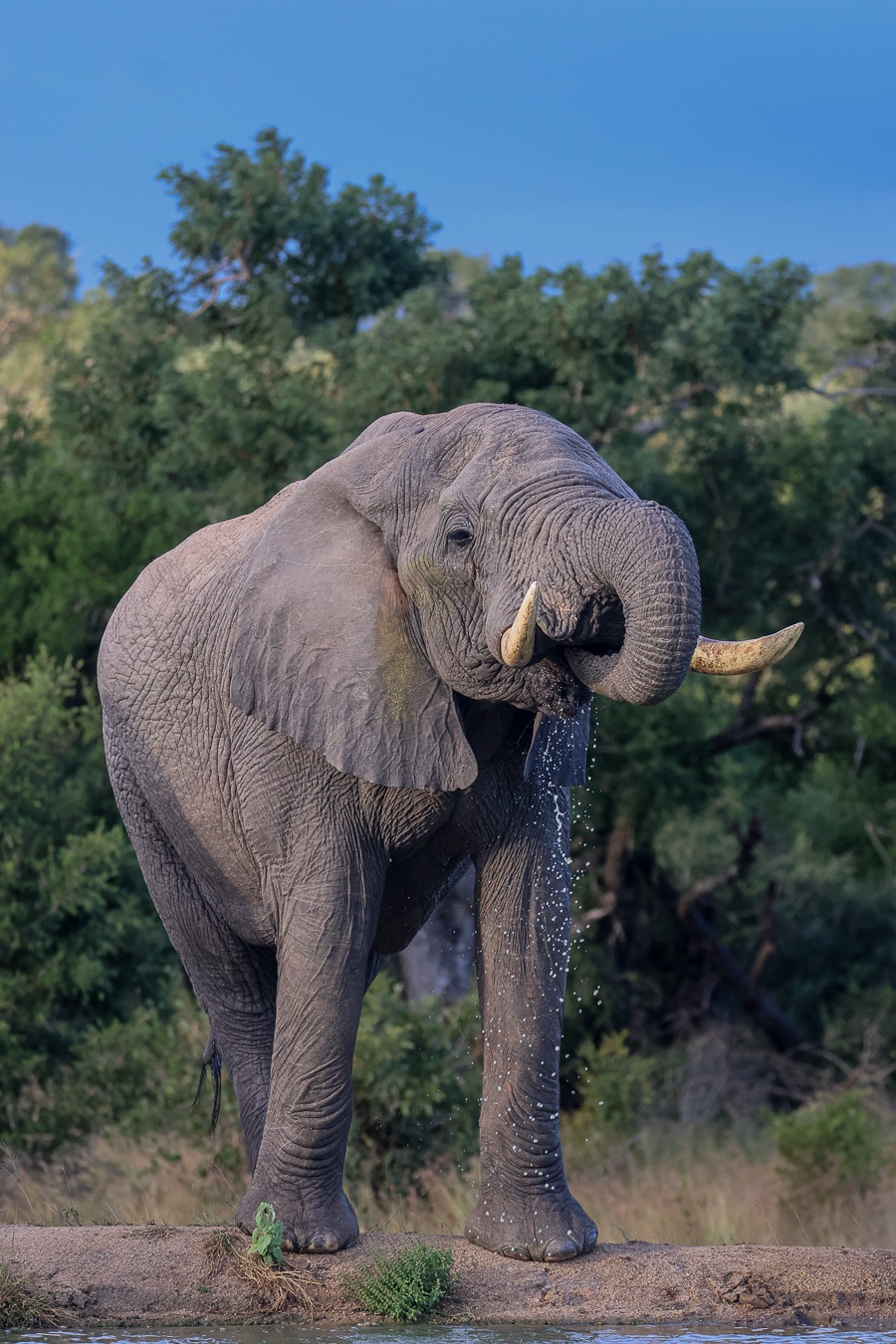
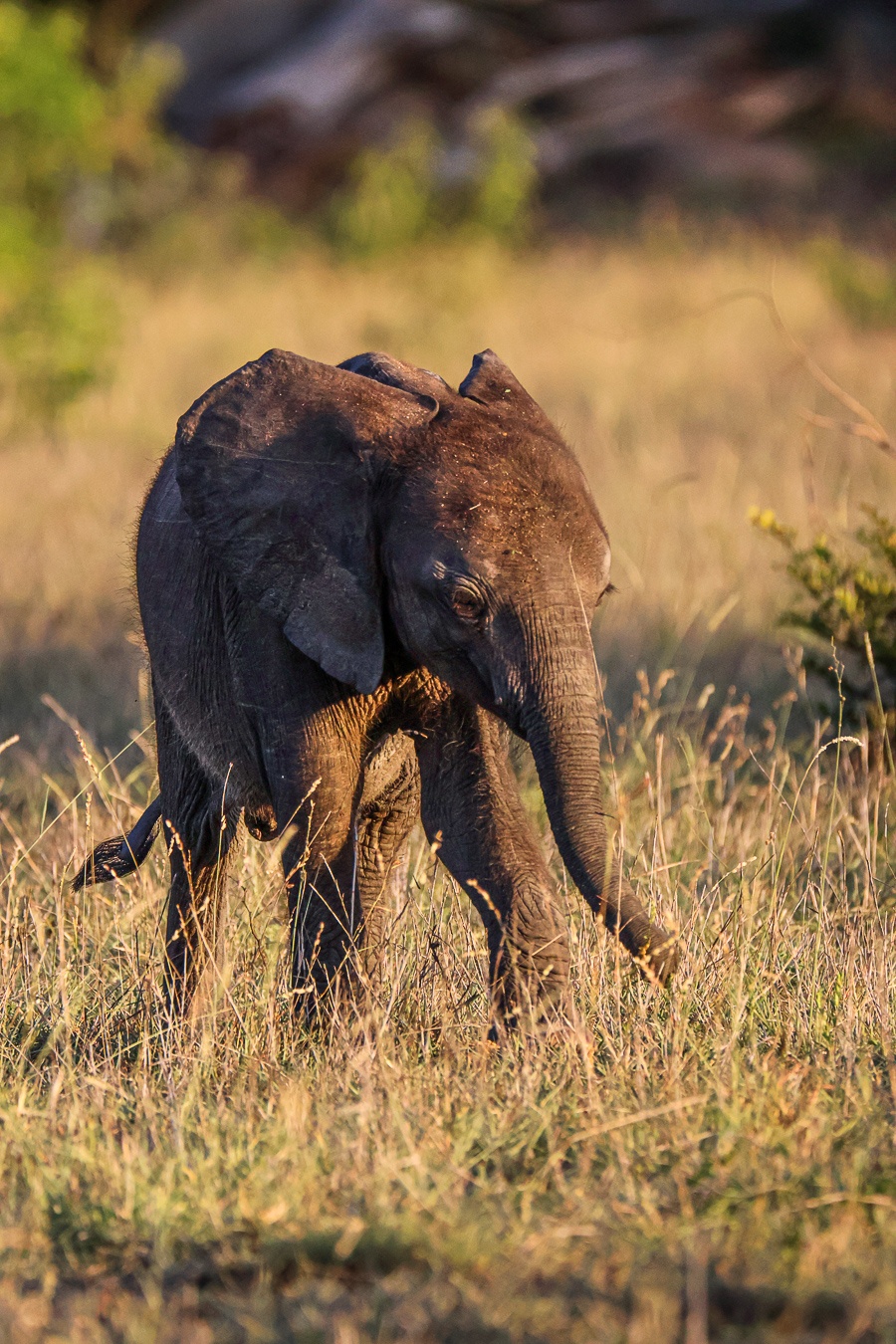
The next few years will be detrimental in handling and managing the population of elephants for not only their own long-term safety, but also for the ecosystem and all the smaller living creatures that are influenced by this high density of elephants.
Blog by Ruan Mey (Earth Lodge Ranger)







